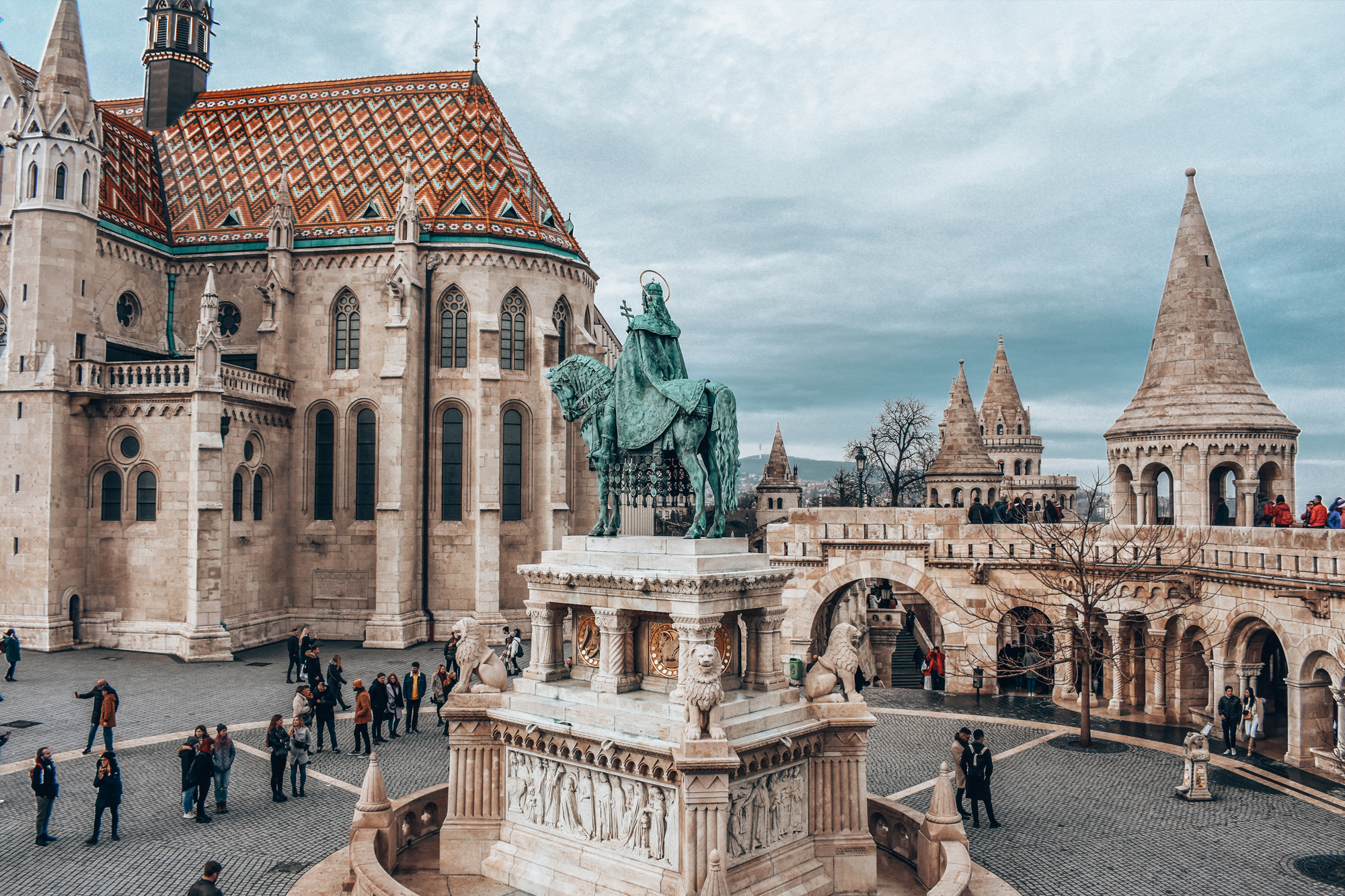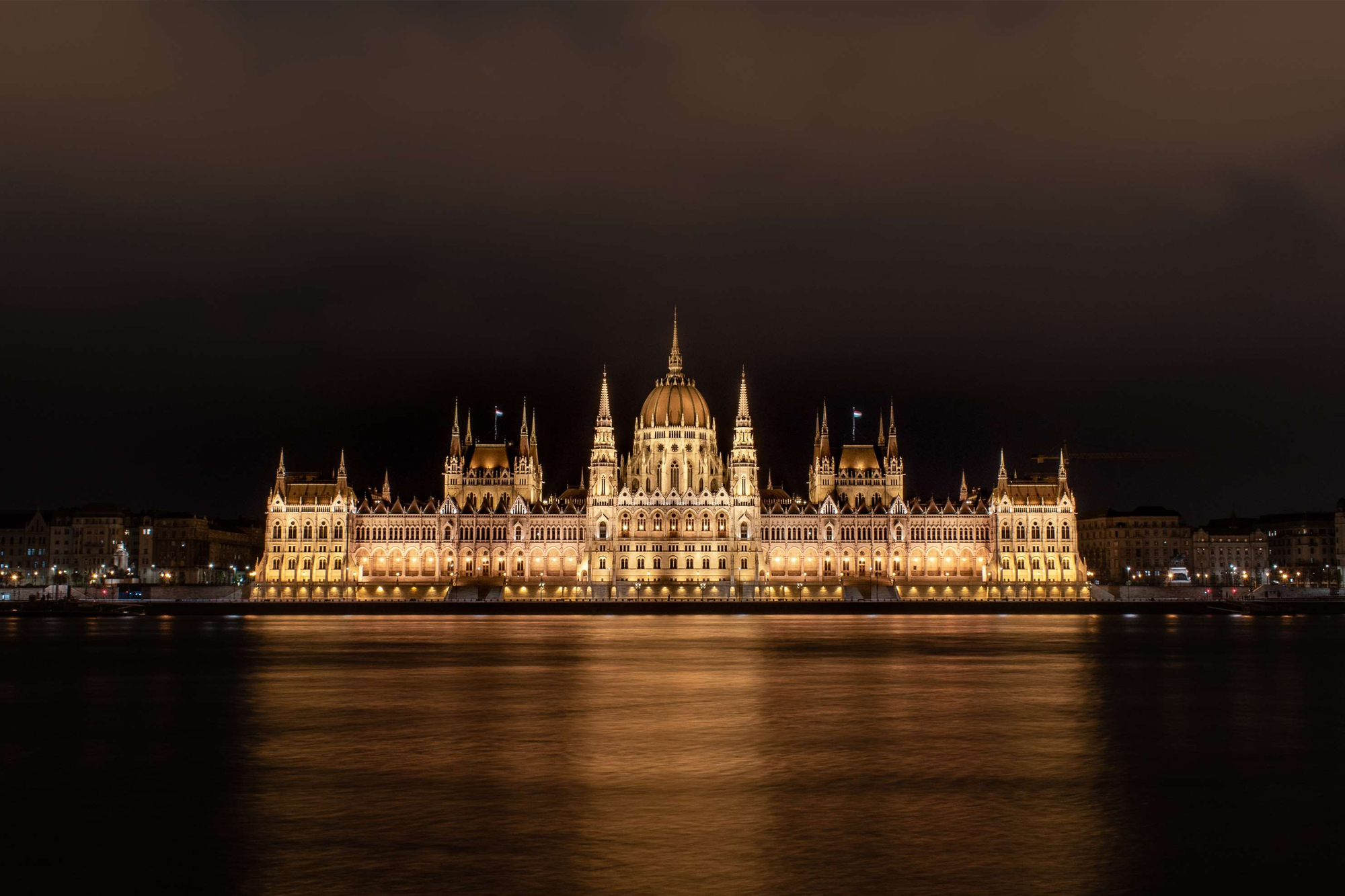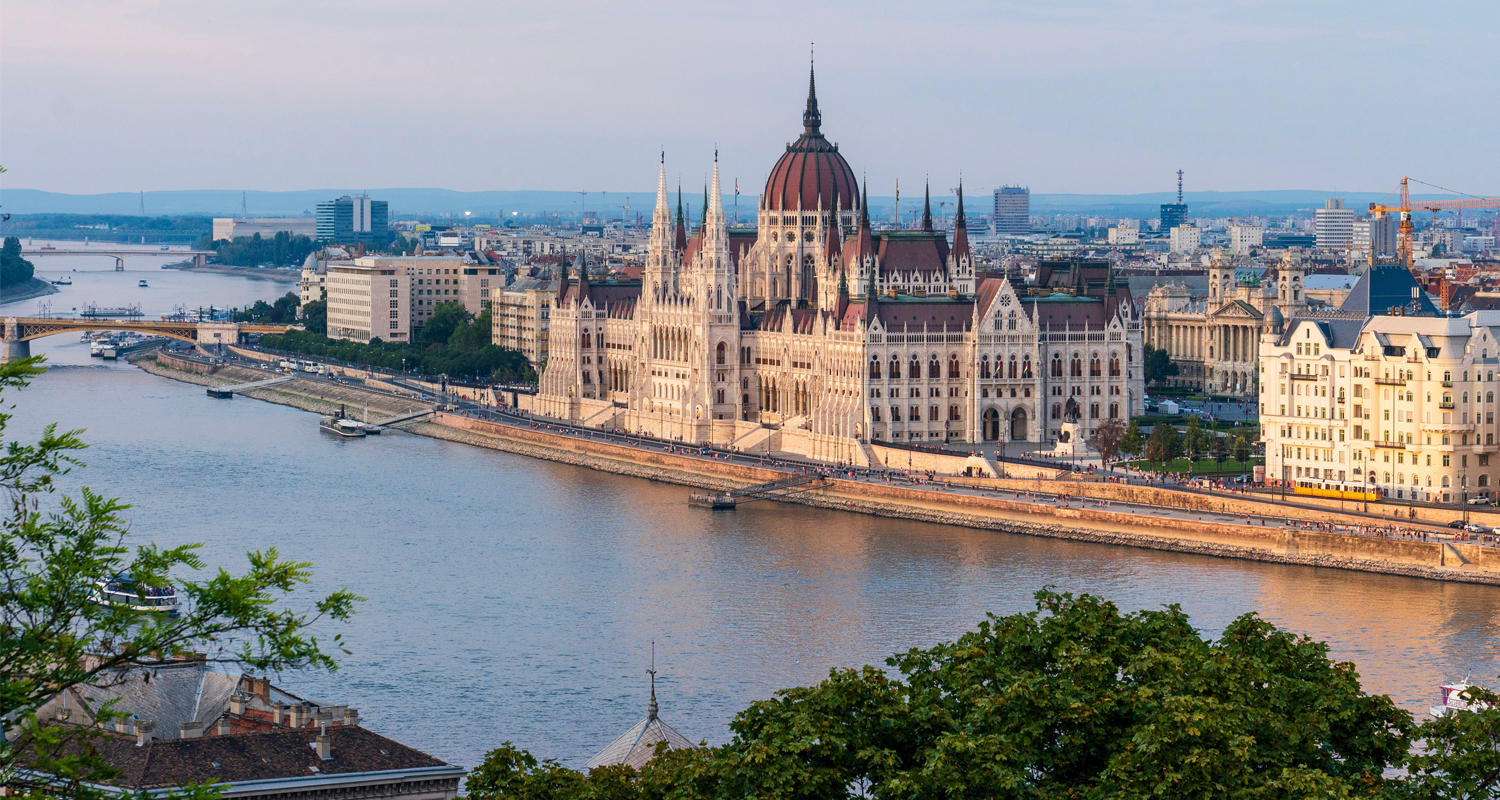
5 cities in Eastern Europe that are often underestimated
Venice, Barcelona, London, Paris... When you think of a city break in Europe, these destinations immediately come to mind. Far too often, the cities in Eastern Europe are underestimated even though they have a lot to offer to visitors.
9 November 2021
Anyone planning a city break in Europe will quickly come across destinations in France, Spain or Italy during their research. This is not surprising, because these countries are waiting for travelers with a lot of historic cities that are extremely worth a visit. Nevertheless, one should not disregard destinations in Hungary, Poland or Russia, because these are partly still real insider tips and have a lot to offer: picturesque and famous sights, fairytale cities and hip locations. Here you will find the five most beautiful cities in Eastern Europe that you should definitely have seen.
The former capital of the Tsarist Empire: St. Petersburg
It is also known as the Venice of the North due to its more than 600 bridges, was once known as a fashion stronghold and is THE Russian cultural capital with more than 120 museums, 40 theatres and around 1,000 architectural sights: St. Petersburg. The tsarist history of the country can be felt everywhere in the city and one building is more magnificent than the other: Thus, the Catherine Palace with its world-famous Amber Room or the art museum Hermitage with its breathtaking exterior façade awaits visitors to the city. The historic city centre is also well worth a visit. The UNESCO World Heritage Site is bursting with Baroque buildings jutting out between the canals. Similar to Venice, boat trips through the canals are also offered here, giving you a great perspective of the fabulous buildings. If that hasn't convinced you yet, it will by the time you taste the local delicacies: traditional Russian dumplings "Pelmeni" or the world-famous Boeuf Stroganoff.
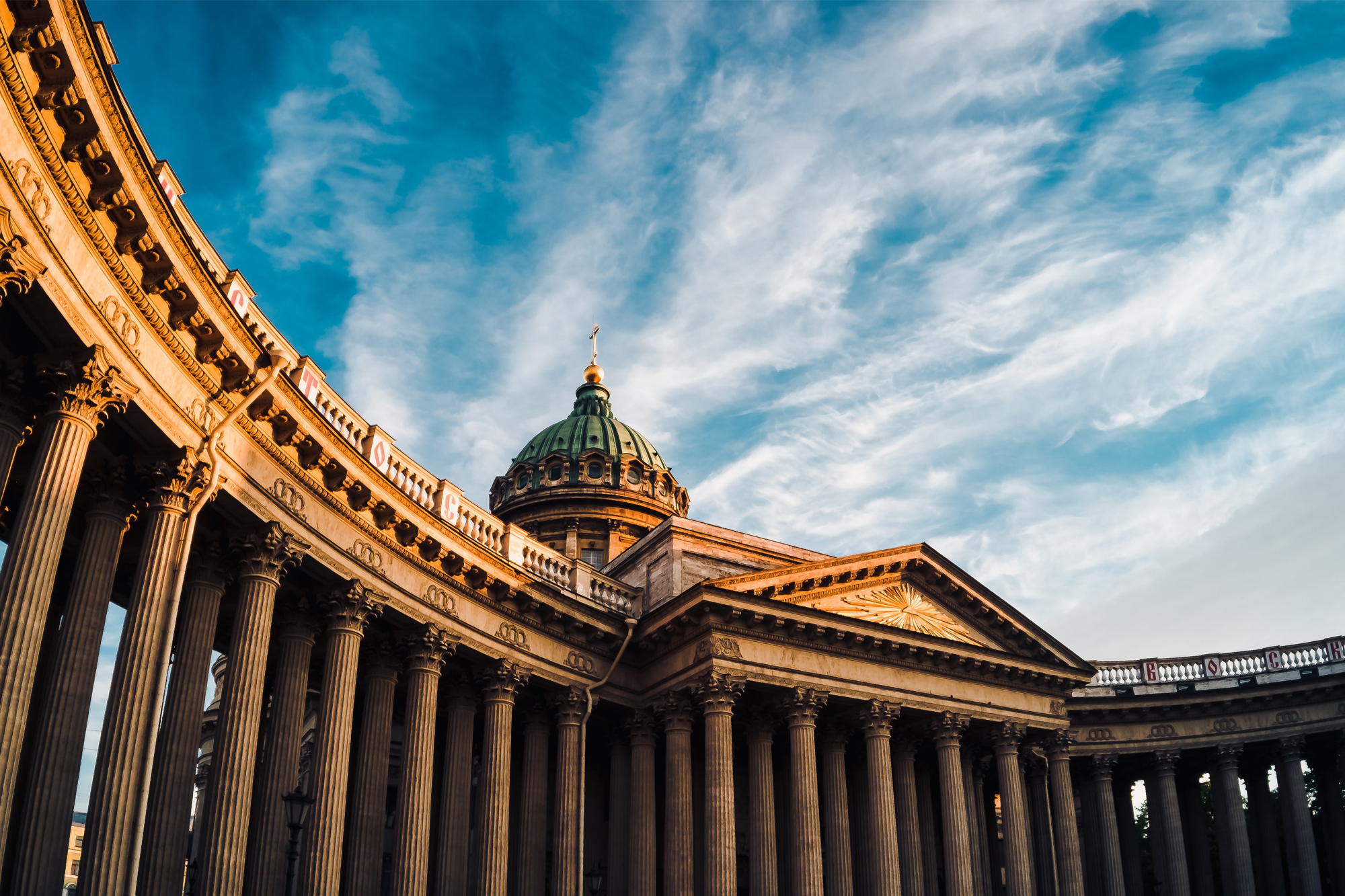
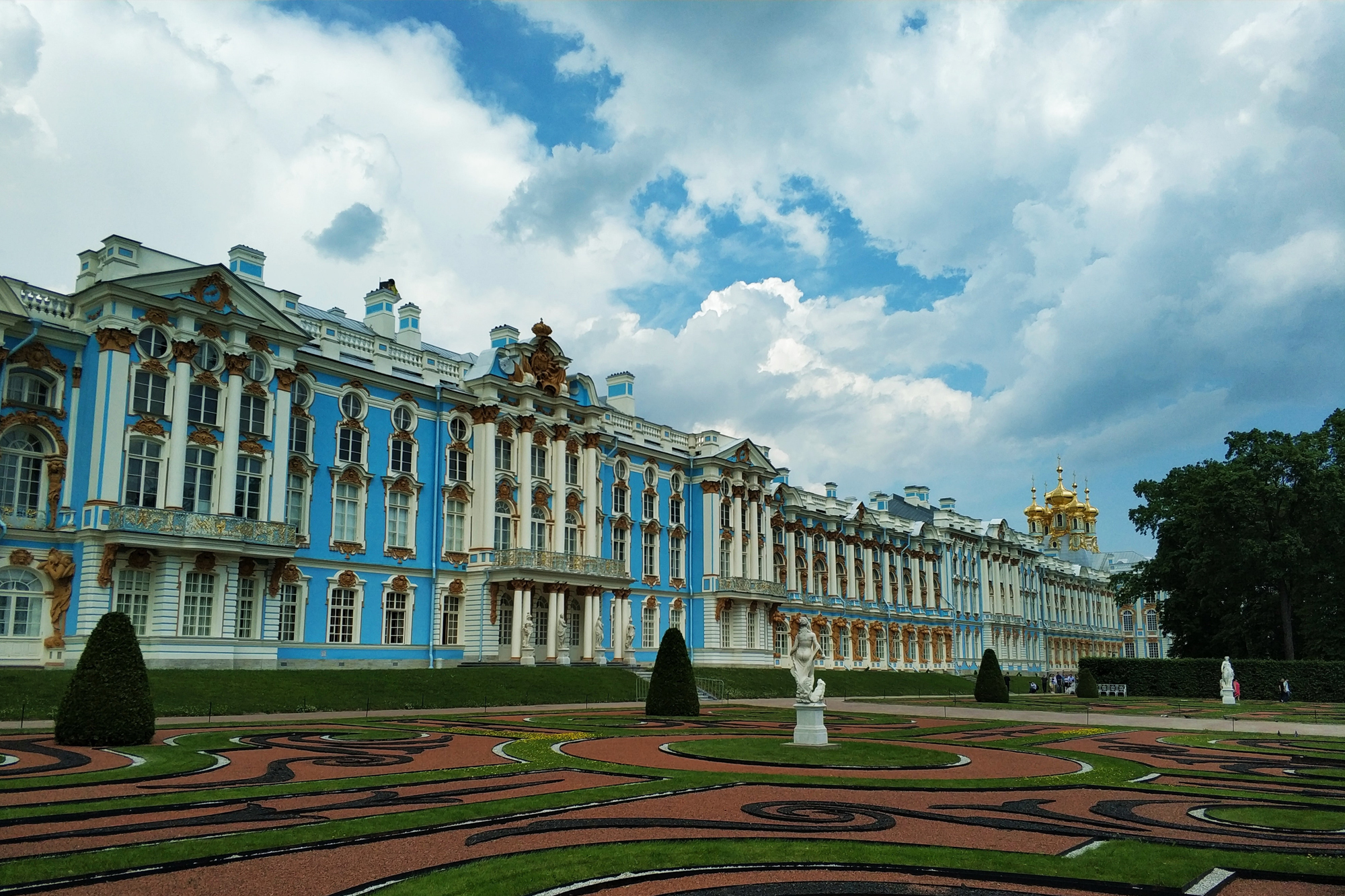
Enjoy diversity in Sofia
The fact that the capital of Bulgaria is visually a real work of art is certainly not only due to the Vitosha Mountains, which rise in the background as a magnificent panorama. The millennia-old history and the historical sights such as the Alexander Nevsky Church make the city a unique destination for city trips. Sofia is also incredibly diverse and full of contrasts: here cathedrals meet street art, such as in Tsar Ivan Shishman Street, fast food chains meet traditional Bulgarian meyhanas and Eastern Bloc charm with prefabricated buildings and nostalgic trams, such as on Vitosha Boulevard, meets modernity.
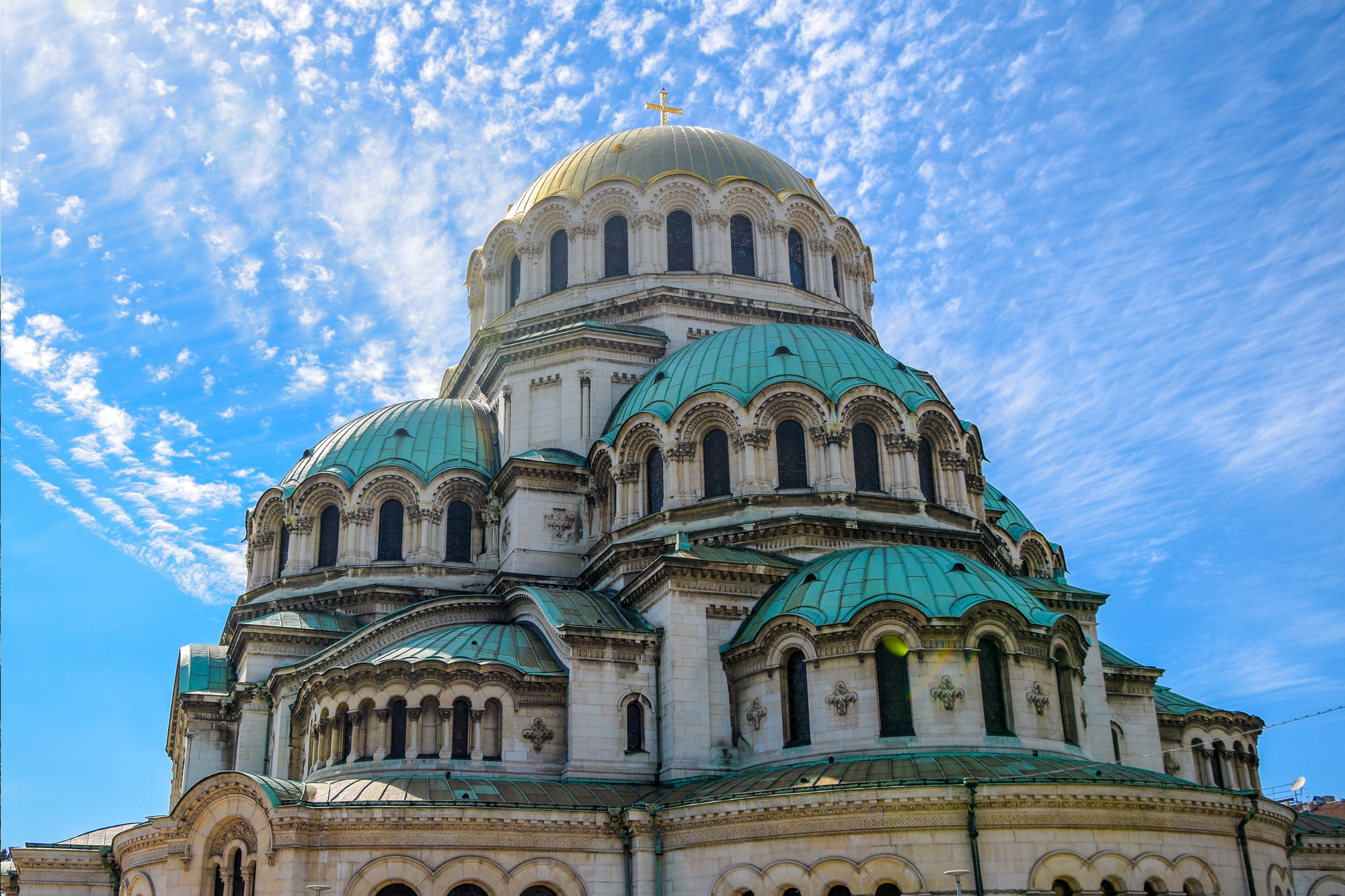
The city of golden domes: Kiev
The Ukrainian capital in the heart of the country is also known for its diversity and is generally still a rather unknown destination. However, Kiev offers many idyllic squares, architectural monuments, buildings and museums that make the city a must-see for culture lovers. For instance, travelers will find the Kiev Cave Monastery dating back to the 11th century, which includes several churches with golden roofs that give the city its nickname. There are also numerous events for fans of classical music, as well as ballet and theatre performances, which are key to the city's cultural scene. Those who wish to stroll along the Majdan Nesaleshnosti, the large square where demonstrations against the government once took place, can do so with confidence in Kiev and embark on a voyage of discovery between onion domes and an eastern metropolitan atmosphere in this city marked by change.
Check out this post on Instagram
The Paris on the Vistula: Krakow
A magnet for culture enthusiasts from all over Europe is Krakow with its historic city centre and its incomparable charm. There you will find, among other things, the largest market square in Europe, around which many palaces and churches line. It is no coincidence that the city is also an important centre for the European film scene and an important location for film productions throughout Europe: among other things, the world classic "Schindler's List" was produced here. The main location for filming was primarily the Kazimierz district, a Jewish district that is a UNESCO World Heritage Site and also extremely worthwhile to visit. Today, Kazimierz is one thing above all: the creative center of Krakow. Here tourists will find numerous cafes, bars, galleries and museums, as well as, of course, several synagogues. If you like to spend time in nature, you should definitely plan a walk along the banks of the Vistula, passing by the Wawel Castle. You'll also find a houseboat or two along this route, treating travellers to Polish cuisine, Polish beer and hot Herbata tea.
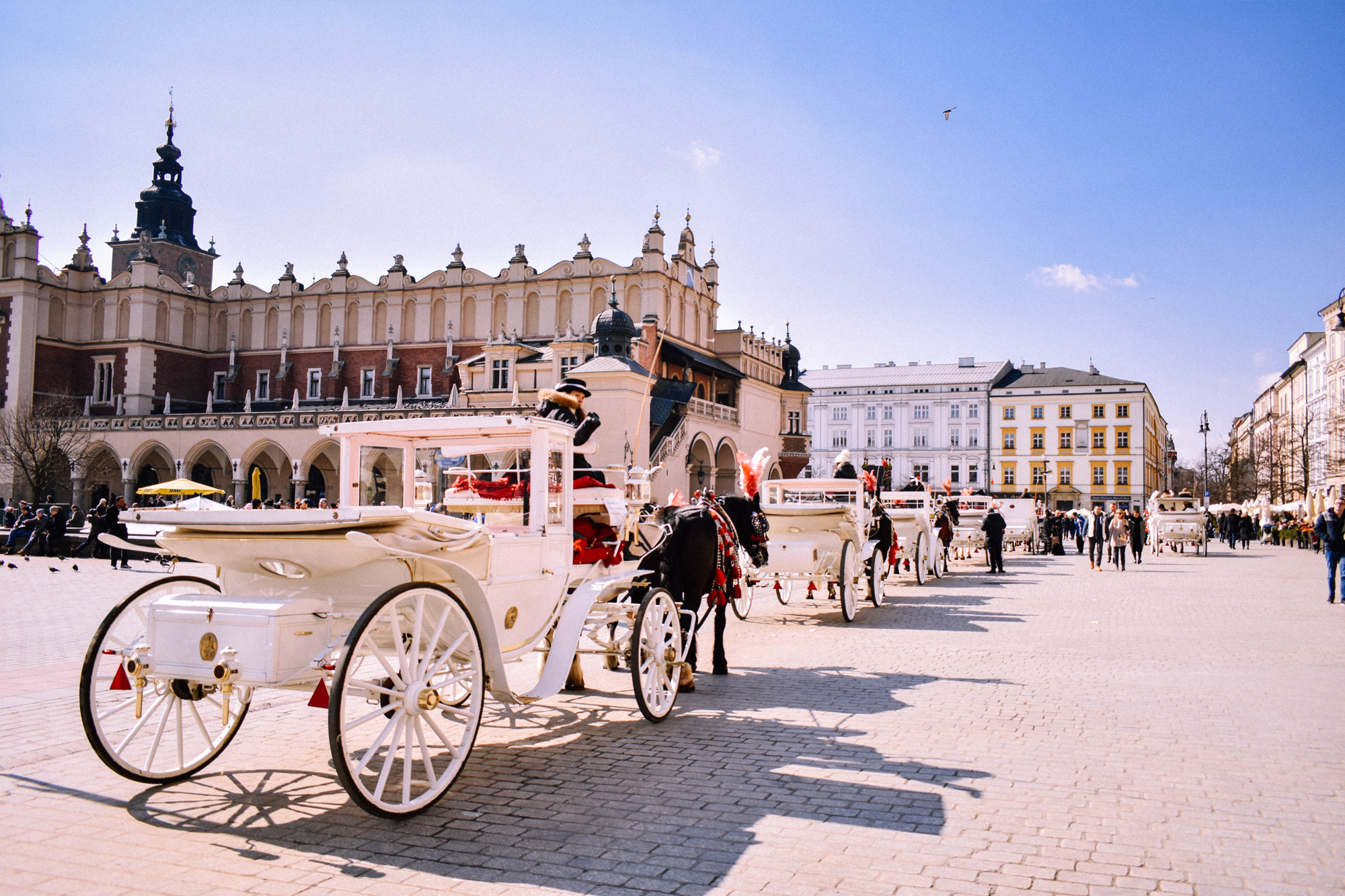

The sister city of Vienna: Budapest
Walking through Budapest, one is inevitably reminded of the city of Vienna, as both cities share similar architecture. However, Budapest is less dressed up and that's what makes the city so appealing. Roughly speaking, Budapest is divided into two districts: Buda and Pest. The two parts of the city are connected by the imposing Chain Bridge, a visit to which can be perfectly combined with a visit to the Castle District. On the Castle Hill, which can be easily climbed by funicular or on foot, there are some highlights like the Fishermen's Bastion, the Matthias Church and the Castle Palace. Moreover, from the Castle Hill, one has a great view over the whole city and can also look at one or the other landmark as for example the parliament building from the bird's eye view. But this is also worth seeing from close up: the neo-gothic magnificent building is gigantic and convinces with an impressive view. Those looking for relaxation will also get their money's worth in Budapest, as there are more than 100 hot springs from which water is fed for the numerous thermal baths. Among the most famous are the Széchenyi Spa with its magnificent outdoor area and the Gellért Spa for its Art Nouveau architecture. Last but not least, Hungarian cuisine with hearty langos, goulash or stuffed peppers is also a good reason to visit Budapest.
